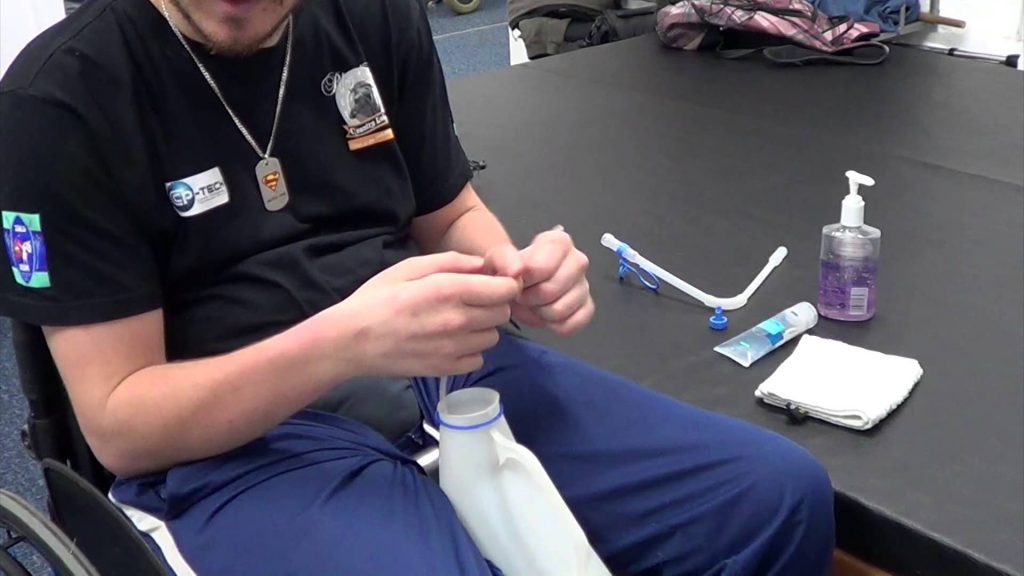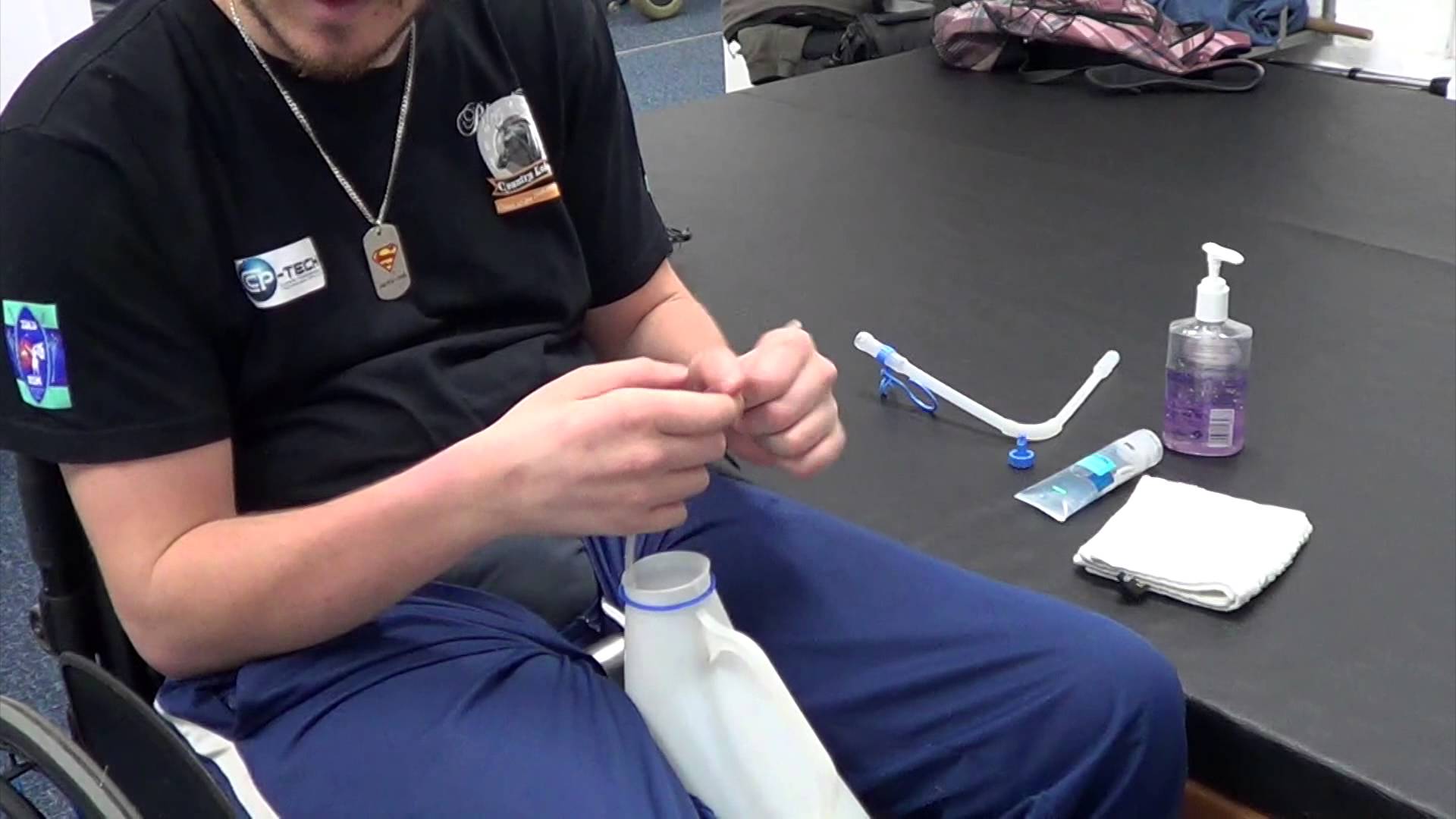Humans are born with the ability to empty their bladder on their own. Thus, we find no difficulty in getting the urine out of the body. In some cases, however, people face some health issues and urinating turns difficult for them. So, the urine starts building up in the body causing a lot of pressure to the kidneys and posing a variety of severe health risks. In such cases, a catheter is used, which is a hollow and elastic tube, to take the urine out and stop its storage. When this whole process is done on one’s own, it’s called self-catheterization.

Who Qualifies for Self-catheterization?
It’s a good question as not many people are aware who can take the route of self-catheterization. The obvious answer is – all those who face issues in getting the urine out of the body, including –
- People who have urinary incontinence (leakage )
- Those not being able to urinate (urinary retention)
- Individuals plagued with some prostate problems
- In cases where someone has undergone a surgery for relief
Care with Self-catheterization
The process of catheterization is not easy particularly when there is a lack of knowledge. So, even if you have a Nelaton catheter, you need to take some care to make things smooth and error-free. You have to keep in mind a few things, including –
- Use only a high-quality and standard urinary catheter tube to drain urine from your bladder
- You need to know how often to empty the bladder which in most cases, tends to be 4 to 6 times a day or after every 4 to 6 hours
- The first thing in the morning will be to empty the bladder and it’s also the last thing before you hit the bed at night
- In case your fluid intake goes up or you take more fluids than normal, you have to ready to empty the bladder more often
- There may be a range of complications if you let the bladder get too full so take care
- Before inserting the catheter, wash your hands well with water and soap
- Clean disposal gloves will be the perfect fit in case you prefer not to use your bare hands
- You have to move back the penis’ foreskin and then gently wash the tip using the supplies at hand
- Take help of a medical expert to learn the process better and see how the urine will start to flow the moment the catheter is in
- Be sure whether the catheter at hand is to be used once or is meant for reuse
- There are sterile catheters for the purpose where each use can be special but you can also clean the unit properly for re-use
- Everyday cleaning becomes important in cases where the unit is used on a daily basis
- Make sure a clean bathroom is used and no part of the device is touched with any surface in the room
- Not using clean catheters may carry the risk of infection for you
